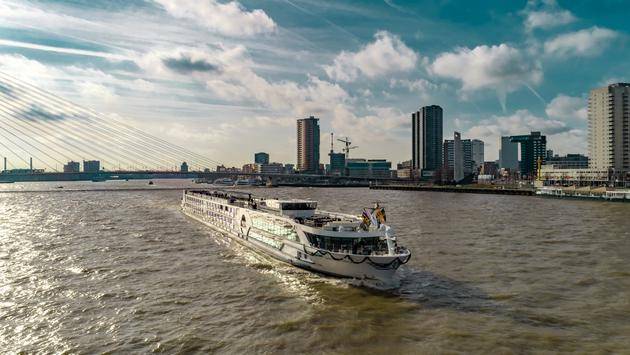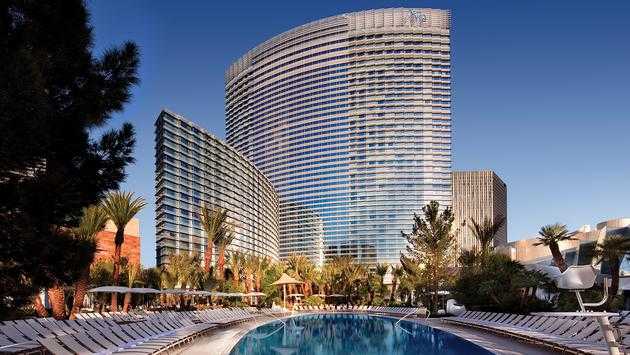May 15,2021
Chapter 882: when you go out to see the pagoda in the sky, you will see the Bodhisattva step by step
by Bin Xu
Published on January 14, 2020 10:58
Huang's collection of ancient buildings
Jumbo Heritage List © Epic Adventure of Jumbo Huang
Chapter 882: when you go out to see the pagoda in the sky, you will see the Bodhisattva step by step
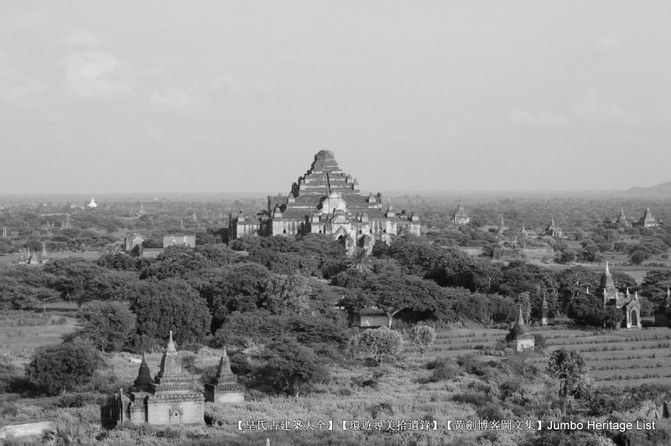
© Original pictures (the copyright of the pictures in this picture and text belongs to Jumbo Huang, please contact author: Jumbo Huang for any form of reprint_ Huang@126.com , micro signal: Jumbo heritage list or Huang_ Jumbo)。 All the pictures in this atlas are not allowed to be reproduced! Please be self-respect, especially refuse all kinds of manual superimposed commercial website watermark reprint! All rights reserved.
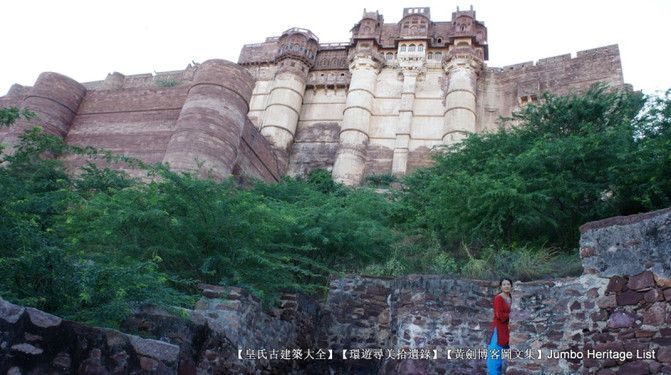
The pictures in the works shall not be used directly or indirectly for the purpose of making profits in all commercial activities. Violators shall be prosecuted. The contents of some chapters in this picture and text may come from the open network or public domain, which is only for personal learning, research and appreciation, and has no clear commercial purpose. Source of original photos: Huang's complete collection of ancient buildings, notes on a journey to find beauty and Huang Jian's blog (notice: image copyright long to Jumbo Huang, part of text citation resources was from public domain)
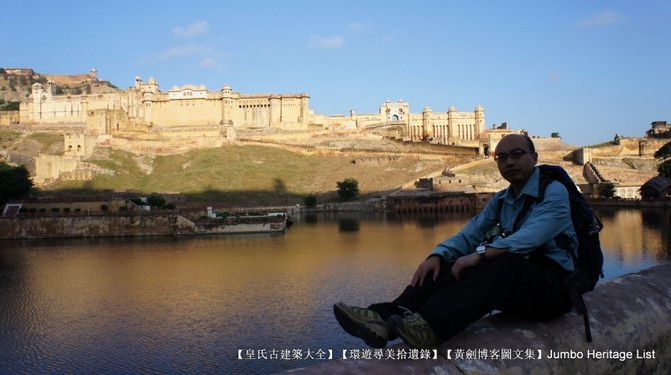
Bugan is a place with a long history in Mandalay province of Myanmar. From the 9th century to the 13th century, there was a kingdom of Bugan, which formed a unified area and later formed modern Myanmar. Between the 11th and 13th centuries, more than 10000 Theravada Buddhist temples stood here. Pagodas and temples were built in the Pugan plain. The 2200 year old temples and pagodas are still in good condition.
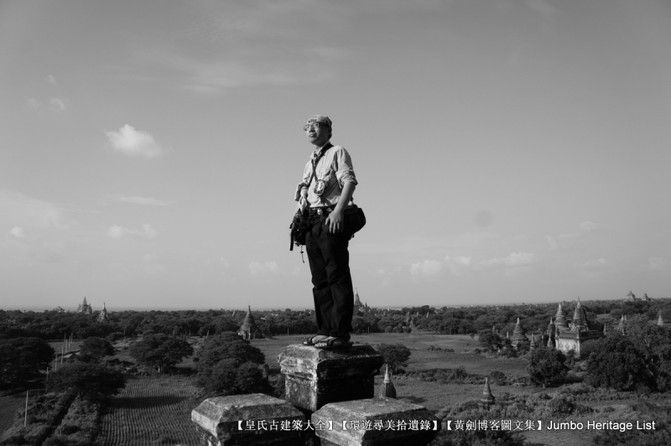
Bugan is an important tourist city in Myanmar. Pugan comes from the ancient Burmese Language pukam. Bagan's Pali name is arimaddanapura, which means "trample on the enemy's city.". Other Pali names are tattadesa "dry land" and tampadipa "country of bronze.". Thiri pyissaya and tampawaddy are also recorded in Myanmar history books. In 1225, the first year of Baoqing in Southern Song Dynasty, Zhao Rushi wrote the article "state owned Zhuge Wuhou Temple".
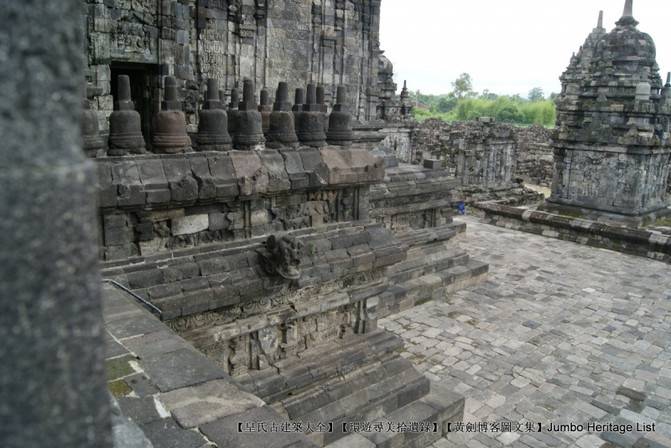
Pugan is divided into North Pugan and South Pugan. It is mainly a plain formed by river alluvial. It is located on both sides of the Irrawaddy River and in the west of Mandalay province. Pugan is a monsoon climate with annual rainfall of more than 2500 mm, monthly average temperature of more than 30 ℃ and summer temperature of more than 35 ℃.
The kingdom of Bugan is a country in the history of Myanmar, which is the first Kingdom to unify Myanmar. The capital of the kingdom is Bugan, which is located at the confluence of the West Bank of the Irrawaddy River and the chindun river. Pinya was the first king of the kingdom of Bugan. He founded the city of Bugan in 849, which was the beginning of the dynasty. In 105, the PYU built the town of Bugan.
In 847, pinya began to build a fortress in Pugan, which gradually made Pugan a big city. In 849, the city of Bugan was completed, and pinya established the kingdom of Bugan.
In 1004 (the first year of song Jingde), the kingdom of Pugan sent envoys to pay tribute to the Song Dynasty. In 1044, anulutha became king; At that time, the Burmese countries were competing for hegemony, and the kingdom of Bugan was very backward. The people believed in the Amish sect. Anulutha is determined to revitalize the country and actively develop to the outside world. In 1057, anulutuo launched an expedition to the south to attack Zhenla, Luohu and destroy the kingdom. After occupying the kingdom of Tongzhi, anulutha introduced the Theravada Buddhism into the kingdom of Bugan and established it as the national religion, with the monk Shan arahan as the national teacher.
After that, anulutha expanded in all directions: he went to the West and occupied the northern part of Arakan. Then, they marched south to Bogu, and their influence reached the south of delindayi area. After that, anulutuo invaded the north, and his army crossed BAMO and directly attacked Dali, which is now located in Yunnan, China. After that, the two countries were reconciled. On the way back, anulutha army stopped by Shan State area and made the chiefs in the area pay tribute to him. Later, anulutha provided material aid to Ceylon to repel the invasion of South India.
In order to promote Buddhism, anulutha built a large number of pagodas, among which Ruixi palace pagoda is the most famous. Anulutha also referred to the characters of the Meng and Pu nationalities and created his own characters. Anulutha also spent three years digging irrigation system in Jiaoshi area.
In 1077, anulutuo was killed by a bison, and Prince Sulu succeeded him. Sulu sent troops to fight against yemangan of Meng nationality. Sulu was captured in the rebellion in Pigu area. Jiang Xituo, the general of Bugan Kingdom, fled back to Bugan, defeated yemangan and inherited the throne of Bugan. During the reign of Jiang Xituo, the economy and culture of Pugan Kingdom developed greatly in 28 years. Jiang Xituo built many Buddhist temples and pagodas, including the famous Ananda temple. When it was completed, Jiang Xituo personally presided over the opening ceremony. At that time, Buddhists gathered all over the country.
In 1106 (the fifth year of Chongning of Song Dynasty), Jiang Xituo, king of Pugan, sent an envoy to pay tribute to the Song Dynasty, which was regarded as a great power. After Jiang Xituo, the kings either indulged in extravagant banquets or built temples. As a result, their wealth was wasted and their country was on the decline.
In 1254, narotikhopoti ascended the throne, and there were violent and rebellious cases. The Shan people in the northern part of Pugan state flourished and invaded Pugan state continuously.
In 1206, the Mongol Empire was founded in northern China by boerzhijin Tiemuzhen. 65 years later, in 1271, Kublai Khan, the Fifth Great Khan, changed his name to Yuan Dynasty. After the establishment of the Yuan Dynasty, Kublai Khan sent envoys to Pugan many times to surrender, but king Pugan ignored.
In 1277, the yuan soldiers attacked BAMO, retreated because of the hot climate, and then attacked Bugan many times.
In 1279, the Yuan Dynasty destroyed the Southern Song Dynasty, and the national strength increased greatly. In 1283, the soldiers of the Yuan Dynasty attacked the state of Bugan from Yunnan, and the city of Bugan was destroyed. Naratikhopoti surrendered to the Yuan Dynasty. The northern part of Myanmar became the central province of Myanmar in the Yuan Dynasty (1286-1290). Later, the central province of Myanmar was abolished. But the king of Bugan after naratikhopoti was almost a puppet of the Yuan Dynasty.
After the defeat of Bugan state in Yuan Dynasty, its territory began to split. The Shan people took the opportunity to develop their power and established the kingdom of awa in eastern Myanmar in 1368. The mon also developed their power in the south of Myanmar. They established their capital in madaban. In 1369, they moved their capital to Bogu and established the kingdom of Bogu. After the establishment of the two kingdoms, there was a war between the north and the south.
In 1106 ad, the Pugan Dynasty had a formal relationship with the Song Dynasty. In Song Dynasty, according to the opinion of Shangshu Province, the ceremony of a great power was expected. In addition, it has close relations with Dali, Yunnan. Mahayana Buddhism in China has some influence in Pugan. In the 11th century, there are Chinese statues of Maitreya and amitabha in the shinnietta. Ruitaoxin tower, the auxiliary building of Ruixi palace tower, also has the style of Chinese tower.
There is a man named gandu Lu in the geography of Hanshu. Francois ferrang, a French sinologist, thinks that "Fugan" is "Pugan".
"Pugan" was first seen in the article "Pugan" in the answer to lingwaidai written by Zhou qufei in 1178: "the king and officials of Pugan all wear golden crowns... There are dozens of temples, and the monks all wear yellow clothes." In February of the fifth year of Chongning, Huizong paid tribute to the emperor. Yunlu ManChao, which was written in 1205, records Jin Yanxiang from Pugan state.
The article of Pu Gan in Zhufan Zhi of Song Dynasty: "state owned Zhuge Wuhou Temple. In the first year of Jingde, the emperor, together with the three Buddha Qi and Dashi States, paid tribute to the emperor. He was expected to watch the lantern in the Shangyuan Dynasty, and paid tribute again in the fifth year of Chongning. "
Ceylon (Sri Lanka) is the country with the closest contacts in the kingdom of Bugan. During the period when anulutha was king Bugan, King vieba Hu I of Ceylon sent envoys to see anulutha with precious gifts and asked the Bugan Dynasty to help Ceylon fight against the invaders. It is said that anulutha sent a fleet to send back many gifts, but did not send troops to help. After that, anulutha sent monks to Ceylon and sent Buddhist classics.
During the reign of anaon sherhu, Myanmar and tin had a bad relationship. The main reason was that Ceylon actively developed relations with the outside world and established close relations with Cambodia, which believed in Mahayana Buddhism. Anaon sherhu was very dissatisfied with this and ordered the royal family to establish direct control over the export of elephants, The Sinhalese scholars and monks in Bugan were arrested. In 1165, the armed fleet of the paramabahu Shi faction invaded Myanmar and looted the city of Bogu. Still, thanks to the mediation of Sinhalese monks in Myanmar, the two countries soon resumed friendly relations.
After the middle of the 12th century, Burmese monks went to seek Dharma in Ceylon, and the influence of the great monastery monks on Myanmar became more and more important. Finally, the mon monks set up the big temple sect in Myanmar. Before the Bugan Dynasty, Burmese religion was mainly influenced by the PYU people (before they believed in the Ali Buddhist sect). After anulutha's southern expedition to the mon country, especially after the conquest of the direct Kingdom, a large number of Meng Buddhist monks came to Bugan, and Bugan became the Buddhist Center of Myanmar for 800 years.
All the kings of the Pugan Dynasty actively supported the development of Buddhism and gave a lot of manpower, financial resources, material resources and large areas of Shangdi to the temples. According to incomplete statistics, during the more than 200 years of the Bugan Dynasty, the land dedicated to the monastery amounted to 208000 factions (36490 acres), with a labor population of 21983 and 119101 carats of silver (Myanmar). There are more than 4000 large and small pagodas near Pugan, the capital city. Many of them, such as Ruixi Temple Pagoda, Ananda temple and tabingyu temple, are large-scale and well structured. They took decades to build. Because of the support of the royal family and its own economic foundation, Theravada Buddhism developed rapidly. At the end of the 11th century, there were 4108 people in Bugan city.
The Theravada Buddhism of the Pugan Dynasty began to be dominated by the Theravada Buddhism introduced from the southern Meng area, with the monk Shan arhan as the religious leader, the national teacher. So it is called the arhat school. Arhat died in 1115 at the age of 81. The heirs of this faction still have other demands. In 1167, he came to Ceylon and lived there for six years. He was more influenced by Ceylon Buddhism and returned to Myanmar in 1173. Since then, Myanmar Buddhism has been more influenced by Ceylon Buddhism. He went to Ceylon in 1180, which intensified the influence of Ceylon Buddhism.
Among those who went to Ceylon with udorosva were his disciples, chebodo the Mon, and others. Cheboduo lived in Ceylon for 10 years. In 1190, cheboduo returned to Myanmar with four other monks. He founded the Great Temple School in Burma. At that time, it was during the reign of the king of Myanmar, nanabadishyhu, that more and more land became temple land. The monks' discipline was lax, while the big temple sect's discipline was more strict. Naropotishidu was extremely impressed by the Buddhist dharma of chebuduo monks, probably for the purpose of purifying the Buddhist world. With the support of naropothi Sidu, the Da Si sect developed in Myanmar. From then on, Pugan's Theravada Buddhism was divided into two schools, the one which was introduced by arhat from Tongzhi was called Qianpai; The great temple sect of Buddhism in cheboduo is called the post sect. After the death of cheboduo, his three successors had different opinions on the precepts and precepts. So the latter group was divided into three groups, among which Ananda and svili were the most influential.
In addition, during the period of the Bugan Dynasty, there was also the alisseng sect, which was not supported by the royal family. The sect advocated drinking, eating and debauchery. There are many types of ancient religious buildings in Bugan, the most common of which are:
Ancient style dome tower, North Indian style, middle Indian style, South Indian style, Sinhalese style, Meng style.
The United Nations Educational, scientific and Cultural Organization (UNESCO) has tried for a long time to designate Pugan as a world cultural heritage, but there is little hope in the future, because the Myanmar government has renovated many ancient temples and pagodas in Pugan, and failed to retain the original appearance of the ancient buildings in the process of renovation.
After the invasion of Kublai Khan in Mongolia and the great earthquake in 1975, the number of pagodas in the ancient city of Pugan was reduced from more than 5000 in its heyday to only 2217, which remains today, becoming the most valuable building complex in Southeast Asia.
In 2016, a strong earthquake with a scale of 6.8 occurred to the south of Pugan, with a depth of 84 km. Buildings all over Myanmar are swayed by the turning of the bull. The ancient city of Bugan is also one of the hardest hit areas. It is said that more than 400 local buildings, including hundreds of pagodas, were damaged by the strong shaking of the enemy.
Besides, I have passed through some very special pagodas one after another. It is said that the suramani pagoda is the tower of mural art. The gubyaukgyi temple myinkaba in mingkaba was built in 1113 by Rajakumar, the son of King jiangxituo, for the death of his father, jiangxituo. Manuha Phaya manuha temple is a unique ancient temple in the south of minkaba village. It was built by King manuha in 1059;
Pahthothamya temple is a symbol of the mature development of Hinayana Buddhism in the second half of the 11th century. The temple was damaged by the 6.5 earthquake in 1975; Thatbyinnyu temple, built by King alongsidu (1112-1167) in 1144, is the second largest tower in Pugan, with a height of 66 meters.
Darby Newcastle tower stands tall. No matter where you are, if you look up, you can see it first. It can be said that it is the landmark of Pugan. There were stone steps in the tower. Now the steps leading to the second floor and above have been blocked, and tourists' activities are limited to the first floor. Later, when the sun was setting, I ran to the lower tower next to me and took a picture of the tower, which is really extraordinary.
Of course, Ananda temple, temple based Indian style structure, location: Southeast of tharabar gate, built by: King kyanzitha, date: A.D 1105, is the most visited Temple today. Ananda temple is the tower of flourishing age, which is located outside the wall to old Pugan. I saw this tower by the roadside, Known as the most beautiful building in Pugan, tourists and believers come to Pugan without paying homage to Ananda temple.
This pagoda, named after Ananda, a disciple of Sakyamuni Buddha, is the most important Pagoda in Pugan area and one of the larger and more exquisite of the thousand existing pagodas in this ancient city. It is said that after King jiangxituo, son of anulutha, ascended the throne, he was guided and helped by eight Indian saints. It was built in 1091. With the heyday of the Bugan Dynasty, Ananda also achieved the peak of the early pagodas of Bugan.
Ananda temple is known as the most beautiful building in Pugan. The whole temple is square and covers an area of nearly 100 mu. The center of the courtyard is Ananda pagoda, whose base is a square large Buddha cave in Indian style. There are two doors in the southeast, northwest and inside, there is a Buddha about 10 meters high. On the base of the tower stands a tower more than 70 meters high, very tall and magnificent. The pagoda is light yellow. On the outer wall are thousands of Buddha statues and painted pottery reliefs of the story of Buddha Bensheng. Around the main pagoda are many small pagodas, Buddha statues and sculptures of various animals and monsters.
There are thousands of Buddha statues of different sizes carved on the outer wall of the pagoda of Ananda temple. In the sunlight, the Buddha solemnly lowers his head and overlooks the people at his feet. Every morning, the local people and many pilgrims come all the way to worship and offer flowers, which is very special. This pagoda was built in the middle period of the Pugan Dynasty. Its construction technology has greatly surpassed the previous pagodas, and the unique style of Myanmar has been integrated into the construction.
I first met Hu Ying from Shanghai here. At that time, I was the only one who visited the tower with her. I also saw a lovely Burmese girl selling handicrafts in the temple. There were more girls setting up stalls outside. When I arrived at Ananda temple, the rain had just stopped and the clouds were thick. I parked my car outside and found that the abandoned tower outside was also very personalized. I walked into the corridor full of leitong handicrafts and began to visit the temple. The whole temple was square, It covers an area of nearly 100 mu. The center of the courtyard is Ananda, the tower is 50 meters high; Each side is 60 meters square, and the top layer is golden minaret, which is solemn and magnificent.
Ananda temple, translated as Ananda temple, is a Buddhist temple in Bugan, Myanmar. It was built in 1105 a.d. by King Jiang Xituo of Bugan kingdom of Myanmar. The name of the temple comes from Ananda, one of the ten disciples of Buddha Sakyamuni. It is one of the four existing Buddhist temples in Bugan. It was destroyed in 1975 and then rebuilt.
The outer wall of the main tower is surrounded by many small towers, thousands of large and small Buddha statues and painted pottery reliefs of the story of Buddha Bunsen, which is a collection of ancient architecture in Myanmar. Ananda is unique in that it has two entrances (generally, the pagodas have one entrance), and there are 9.5-meter-high statues of sakhali Buddha on all sides (Southern Buddha, northern Buddha, Eastern Buddha, Western Buddha). But at present, only the southern and Northern statues are the original ones; Second, the use of light is very good. During the design and construction, there is a circular skylight on the corridor wall of the building. The natural light can shine on the Buddha's face, and the Buddha's body is also shining.
What's more wonderful is that as the worshippers stand in different parts and look around, the Buddha's face or smile, or meditate, or preach, and his unpredictable eyes express different emotions. Although this Buddhist building has been destroyed by merciless wars and terrible earthquakes, it is still well preserved. No matter in terms of scale or history, it is a symbol of the times.
Hu Ying, who is slim and slim, is shooting with a Panasonic card machine. I can meet her when I go in and out of the pagoda. In the next few days, we all met by chance. It's a lot of fate. When I came back from old Bugan in the evening, I went to Ananda to shoot the night scene.
After I left Ananda this time, I went into the ancient city and saw several Chinese beauties coming out of the city. One of them was a pretty girl taking pictures with an SLR camera. It happened that I met her again the next day. She was a rich woman with a photo bag from National Geographic magazine.
When I entered the gate of the city, I met a foreigner in a carriage. He was very similar to a Hollywood actor. I met him several times before. Later, when I left Pugan for a plane, I met him again. His wife was Asian. Just like I visited the ancient pagoda in the rain, I also met several Asian women living with European and American people.
After entering the city, I saw a very high wooden Palace on the right, which was very beautiful. I saw that there was no one at the gate, so I rode in directly. As soon as I stopped, the security guard came over. He said it was closed, so I took a few pictures casually before I left,
Later, I met a Burmese girl. I asked her how to get to old Bugan. She told me to turn left and take a closer road. If I did, I turned in. The first thing I saw was dabinuta. I was shocked by its height. There were many shops in front of the tower. The water was deep on the ground. I took off my shoes and went in to visit. There was a child who could speak English and Chinese selling handicrafts, but I didn't buy them, He felt very unhappy...
After going in for a few rounds, I didn't see the entrance to the upper floor. I was very confused. Later, I knew that I couldn't go up. For example, I wanted to go up the pagoda that I went in before. A Burmese girl with extraordinary beauty teased me. She said that I came 10 years late because I could go up 10 years ago. At that time, I was quiet...
After visiting, I came out and rode aimlessly. As a result, I found shwegugyi temple on the ground. The shwegugyi temple, which was completed in December 1131, is the result of King alaungsithu's painstaking efforts and is also the representative work of Buddhist architecture in the middle of Pugan (12th century). The temple is basically the architectural mode of the Meng temple, but it is built on the high platform, which obviously integrates the style of the later tower base high building.
The temple has a delicate appearance and is decorated with complicated plaster sculptures. A large number of windows in the temple make the scenery unique. In the inner hall, there are two Cuban Livan stone tablets engraved with 100 verses. He praised the greatness of King alaungsithu and the purpose of creating shwegugyi temple. It also states that the construction of the temple started on May 17, 1131 and took seven months and seven days to complete.
Because it is close to the ancient palace site, some scholars believe that it is one of the Royal pagodas. Shwegugyi means "the golden cave.". Today, the west side of the temple faces the new Archeological Museum. It's amazing that king alaungsithu was suffocated by his son narathu in this temple, which makes this temple have a sad atmosphere...
Later, the rain finally stopped. Unexpectedly, the finale happened here. I met a beautiful woman named Hu Ying and a couple of Malaysian overseas Chinese. They recognized me on the plane from Kuala Lumpur to Rangoon. This time, the girl took the initiative to introduce me. She told me that the tower was the tallest, and that those towers could climb up to visit, which immediately made me happy...
Later, I saw some Chinese tourists. A beautiful woman in a skirt climbed up. She took photos everywhere with her mobile phone. After talking with her, I found out that she had been here for a week because it had been raining for a week. She said that it was the first time today that she could take such beautiful scenery photos because the rain had stopped.
As soon as I heard this, I was startled. I was also worried that it would rain all the time in the next few days. I took out my Sony camera and took a series of photos (Sony nex5). I met several foreign students chatting in the scenic spot.
Ruishantuo pagoda, known as shwesandaw pagoda, is located in the south of the original center of buganping. It is a 50 meter high white pyramid Pagoda with five elegant steps, surrounded by many famous pagodas. Although it is not the highest Pagoda in Pugan, it is the best place to enjoy the sunrise and sunset.
There is a 360 degree view terrace on the top of the tower. Looking west from here, you can see it at a glance. It's crowded at sunset and empty during the day. Tourists climb the top of the tower through four steep stone steps to get a panoramic view of the sunset of the former ten thousand pagodas in buganping.
At sunset, facing the west, the setting sun sinks bit by bit, the sky is red, and the last ray of afterglow on the pagoda slowly fades away. Despite some haze, it's still spectacular.
Shwesandaw pagoda was built by King anulutha, which means "golden sacred FA relic". It is named after the Buddha FA relic that is worshipped and collected in the tower and paid tribute by King Pigou; It is also said that it was built by anulutha king after he conquered the nation of thon and returned home. The house on the west side of ruishantuo tower is the famous shinbinthalaung tower, which worships the 18 meter long reclining Buddha...
Generally speaking, it rained for most of the day. From afternoon to evening, it stopped raining. Today was the most surprising day, but it was also a soul stirring day. When I left damayankita for ruishantuota, there was a lot of water on the road. In addition, it was getting late. I controlled my bicycle with my left hand and the tripod with my right hand, When riding fast to a deep puddle, the wheel suddenly fell into the mud, and the left hand was unable to hold the bicycle firmly. Immediately, the whole person fell into the puddle with the car!
My first reaction at that time was that fortunately I didn't ride a bicycle with my camera. I put all three cameras into my satchel. Fortunately, I didn't get soaked. I'm glad I didn't get hurt and fracture. It was only after a long time that I got up. My pants were all wet and my body was muddy. I was in a mess!
When I picked up my bike, I found that it was not completely broken. I was relieved. I put down the tripod and began to ride. I was more careful in the back. After passing a pond, I thought it was good that I didn't rush into the pond, otherwise I would be unlucky,
But the severe impact of the wrestling just now did cause certain wear and tear to the two Sony cameras. If I hang the cameras outside like other people with SLR, then if I fall into a puddle, the cameras will definitely be scrapped.
I came back very late at night. I was riding on the road by myself with a tripod in one hand. Because it was covered with mud, I didn't put the tripod away and didn't bother to take out my headlamp. So it was very dangerous to ride like this,
After a while, a car came from behind. There were many people sitting on it. Suddenly, a group of people called my name. I looked aside and saw that it was Xiaoqi from Guangzhou and two beauties from Shanghai. They actually chartered a car to go out to play. It was so casual.
I rode for a long time. After returning to niangwu, I found a small shop to eat. Then I went back to the hotel. Later, Xiaoqi and two beauties in Shanghai asked me out to eat and drink. I was very tired because I had been struggling all day, so I didn't go out with them for recreation. After taking a bath, I went to bed early.
In the middle of the night, I was woken up by the sound of rainstorm. I thought it was really bad luck to meet the rainy season.
Jumbo Huang citation resources: The Ananda Temple, located in Bagan, Myanmar is a Buddhist temple built in 1105 AD during the reign (1084–1113) of King Kyanzittha of the Pagan Dynasty. The temple layout is in a cruciform with several terraces leading to a small pagoda at the top covered by an umbrella known as hti, which is the name of the umbrella or top ornament found in almost all pagodas in Myanmar. The Buddhist temple houses four standing Buddhas, each one facing the cardinal direction of East, North, West and South. The temple is said to be an architectural wonder in a fusion of Mon and adopted Indian style of architecture. The impressive temple has also been titled the "Westminster Abbey of Burma". The temple has close similarity to the Pathothamya temple of the 10th–11th century, and is also known as “veritable museum of stones”.
The temple was damaged in the earthquake of 1975. However, it has been fully restored and is well maintained by frequent painting and whitewashing of the walls. On the occasion of 900th anniversary of its construction celebrated in 1990 the temple spires were gilded. It is a highly revered temple of Bagan. Ananda temple is a perfectly dimensioned stylistic structure, a fusion of Mon and Indian architectural styles and is the central monument built in the Pagan valley. It has been built with bricks and plaster depicting iconographic images in stones and plaques (terra-cotta glazed tiles) with the main purpose of educating the people of the region in the religious ethos of Theravada Buddhism and in accordance with the personal beliefs of the King Kyanzittha.
Shwegugyi Temple (Burmese pronounced ; literally "Great Golden Cave") is a Buddhist temple in Bagan, an ancient city located in the Mandalay Region of Myanmar. From the 9th to 13th centuries, the city was the capital of the Pagan Kingdom, the first kingdom that unified the regions that would later constitute modern Myanmar.
The temple was built during the reign of King Alaungsithu in 1131.:166 The temple itself is built on an expansive brick foundation 3 metres (13 ft) tall. The temple is known for its arched windows, and its history, which is inscribed in two stone slabs in Pali. According to its inscription, the temple was completed in seven months.
The Shwesandaw Pagoda is a Buddhist pagoda located in Bagan, Burma. The pagoda contains a series of five terraces, topped with a cylindrical stupa, which has a bejewelled umbrella (hti). The pagoda was built by King Anawrahta in 1057, and once contained terra cotta tiles depicting scenes from the Jataka. Enshrined within the pagoda are sacred hairs of Gautama Buddha, which were obtained from Thaton.
Chapter 883: city of ten thousand pagodas, Kingdom of Pugan, three major Buddhist sites in Asia
Leave a Reply
Please sing in to post your comment or singup if you dont have account.
Favorite articles
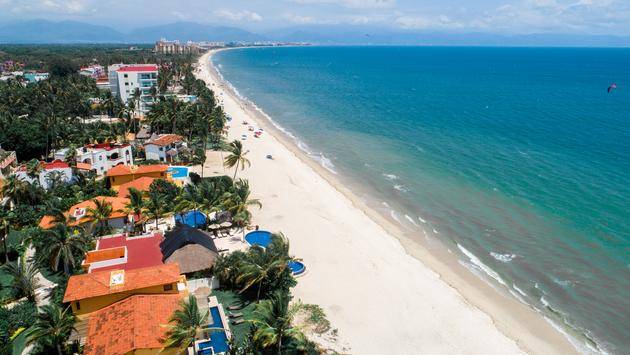
Riviera Nayarit Consolidates Air Connectivity With New Routes
January 03,2022

Looking for a Black Friday Deal? Try Summer 2021 Travel
December 30,2021
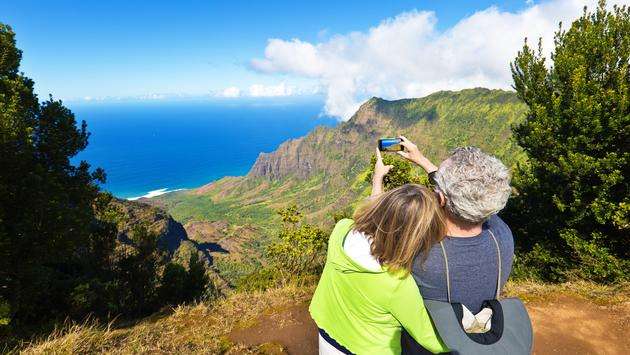
Kauai Drops Out of Hawaii’s Pre-Travel Testing Program
December 28,2021
Most popular articles
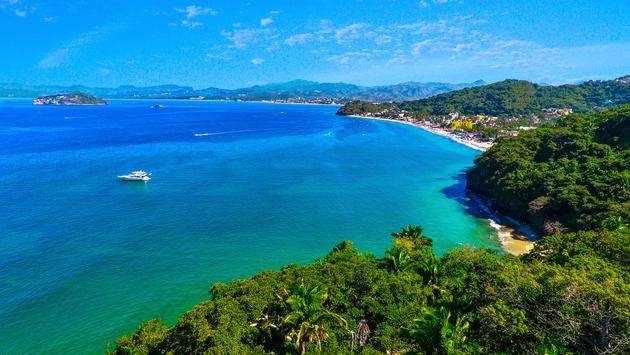
Riviera Nayarit Proves Resilience With New Hotel Openings
January 04,2022

Large Cruise Ships Return to Alaska
December 29,2021

How to Score Free Disney World Theme Park Tickets in 2021
December 26,2021
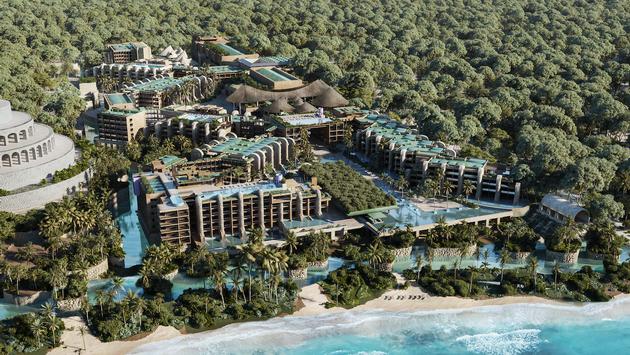
Hotel Xcaret Arte To Make Its Debut in July 2021
December 25,2021
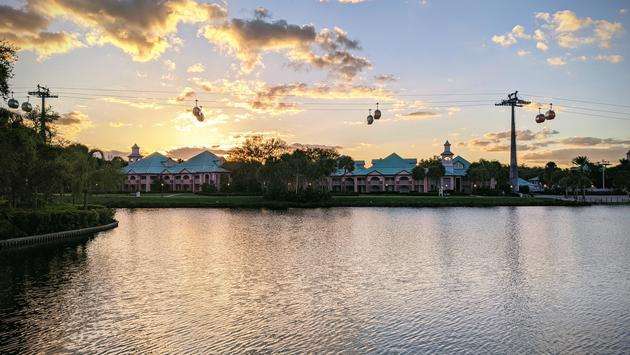

Families Can Virtually Visit Santa With Finnair
December 20,2021
Popular articles

Public Donates More Than $100K To Harassed Hotel Worker
January 02,2022

President Biden Signs Law To Restart Cruising in Alaska
January 01,2022
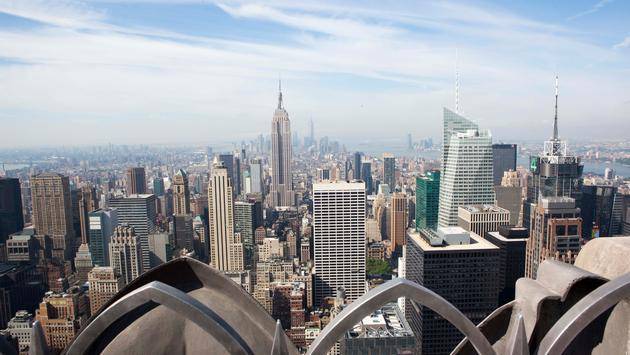
New Proposal Would Create 24-Hour Nightlife Zones in New York City
December 31,2021

Holland America Line Launches 'BIG' Wave Season Offer
December 23,2021
Categories
Favorite articles
Riviera Nayarit Consolidates Air Connectivity With New Routes
January 03,2022
Looking for a Black Friday Deal? Try Summer 2021 Travel
December 30,2021
Kauai Drops Out of Hawaii’s Pre-Travel Testing Program
December 28,2021
Most popular articles
Riviera Nayarit Proves Resilience With New Hotel Openings
January 04,2022
Large Cruise Ships Return to Alaska
December 29,2021
How to Score Free Disney World Theme Park Tickets in 2021
December 26,2021
Hotel Xcaret Arte To Make Its Debut in July 2021
December 25,2021
Families Can Virtually Visit Santa With Finnair
December 20,2021
Popular articles
Public Donates More Than $100K To Harassed Hotel Worker
January 02,2022
President Biden Signs Law To Restart Cruising in Alaska
January 01,2022
New Proposal Would Create 24-Hour Nightlife Zones in New York City
December 31,2021
Holland America Line Launches 'BIG' Wave Season Offer
December 23,2021

